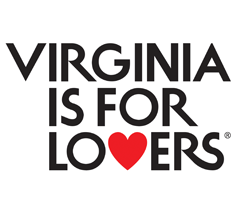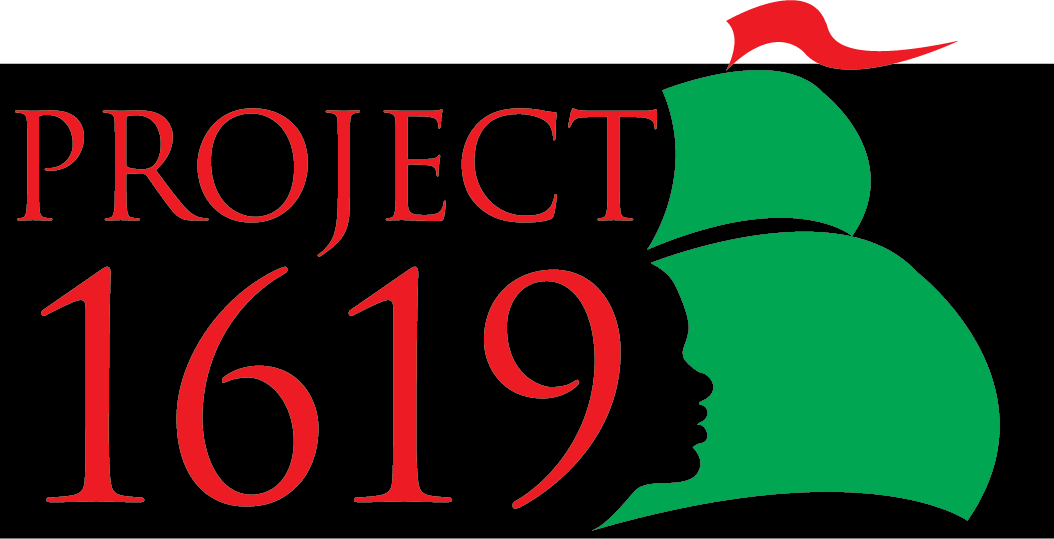Aberdeen Gardens Historic Museum
55 & 57 Mary Peake Boulevard
Hampton, VA 23666
757-722-2345
Aberdeen Gardens Historic and Civic Association
Tours by appointment.
Established in 1934 by President Franklin D. Roosevelt’s New Deal as a model for housing following the Great Depression. Aberdeen Gardens was built to provide African American shipping workers with modern homes. The 440-acre land tract included 158 homes that had indoor plumbing, a furnace, great room that served as living and dining rooms, kitchen, closets, bathroom and second level bedrooms, front and/or back interior porch, attached garage, and spacious yards for gardens, fruit trees, and chicken coops. The neighborhood served as a model other communities could emulate. The museum presents an original home as it would have been furnished.
Casemate Museum at Fort Monroe
Casemate 20, Bernard Road
Fort Monroe, VA 23651
757/788-3391
Open to the public daily, 10:30 a.m. to 4:30 p.m.
Free for leisure visitors; group reservations required. The National Historic Landmark features the quarters in which Confederate President Jefferson Davis was imprisoned following the Civil War for treason, mistreatment of Union prisoners, and complicity in the assassination of Abraham Lincoln.
Additional historic sites to note within the stone-fort walls include the Chapel of the Centurion, Lieutenant Robert E. Lee’s living quarters, the Flag Bastion atop the fort walls and Quarters One, the oldest Army constructed building at Fort Monroe and the quarters where Abraham Lincoln stayed when he visited the post to strategize on how to take Norfolk during the Civil War.
Emancipation Oak
Located on Emancipation Drive near the entrance to Hampton University.
A living symbol of freedom for African Americans and a National Historic Landmark whose age is unknown, the expansive Emancipation Oak grows at the entrance to Hampton University. President Abraham Lincoln’s Emancipation Proclamation issued on January 1, 1863, formalized the abolishment of slavery in the states that had seceded from the Union. It was beneath its embracing branches that residents gathered to hear for the first time reading of Lincoln’s Emancipation Proclamation.
Federation House
123 E. Pembroke Avenue
Hampton, VA 23669
Not presently available for touring, the house was the 1960’s headquarters of the Virginia State Federation of Colored Women’s Clubs, a group Janie Porter Barrett formed in 1908. Barrett, an 1884 Hampton Institute graduate and activist who worked on behalf of women and children, was also the founder of Locust Street Social Settlement in 1890 and the Virginia Industrial School for Colored Girls in Hanover County, Virginia in 1915.
Hampton History Museum
120 Old Hampton Lane
Hampton, VA 23669
757-727-1610
HamptonHistoryMuseum.org
Hampton’s remarkable history is presented in ten galleries that span from pre-European arrival through the 20th century. In a new addition to the main galleries, a small but critical new exhibit is present in the Port Hampton Gallery on the first floor. In this powerful exhibit, the Museum explores more deeply the arrival of Africans in English North America. Dedicated heritage tours may be arranged by contacting the museum’s educator. The museum is also the home of the main Hampton Visitor Center.
Hampton University Museum
Hampton University
Huntington Building
Hampton, Virginia 23668
757/727-5308
Free, Open to the public Mon-Fri, 8 a.m. – 5 p.m., Sat, noon to 4 p.m. Closed Sunday.
Founded in 1868, it is the oldest African American museum in the nation and one of the oldest museums in Virginia. The collection of more than 9,000 objects and works of art represents cultures and people from around the world and is the largest in southeastern United States. A changing gallery showcases the work of both new and established artists.
Hampton University Campus Tour
Begin at the Huntington Building
Hampton, VA 23668
757/727-5308
Open Mon – Fri, 9 a.m. to 4 p.m.
Free
Established in 1868 as Hampton Normal & Agricultural Institute, the school’s name was changed to Hampton Institute in 1930 and Hampton University in 1984. Today, Hampton University is one of the nation’s top ranked private universities and enrolls approximately 6,000 students of 50 countries. The waterfront campus contains 110 buildings, which include the following National Historic Landmarks: Academy Building (1881), Virginia-Cleveland Hall (1874), Memorial Chapel (1886), Mansion House (1828) and Wigwam Building (1878). For organized campus tours contact Hampton University Museum; smartphone tours and self-guided tours available.
Little England Chapel
4100 Kecoughtan Road
Hampton, Virginia
757/728-1710
Tours by appointment
Free, donations accepted
Virginia’s only known African American missionary chapel, this church was built in 1879 to serve African American landowners in the surrounding Newtown section of Hampton. The chapel offers a permanent exhibit and video program to help visitors understand the religious lives of post-Civil War African Americans in Virginia. The chapel is recognized on the Virginia Landmarks Register and the National Register of Historic Places.
Old Point Comfort
Site of the arrival of the first Africans to British North America. Present-day site of Fort Monroe in Hampton, Virginia.








